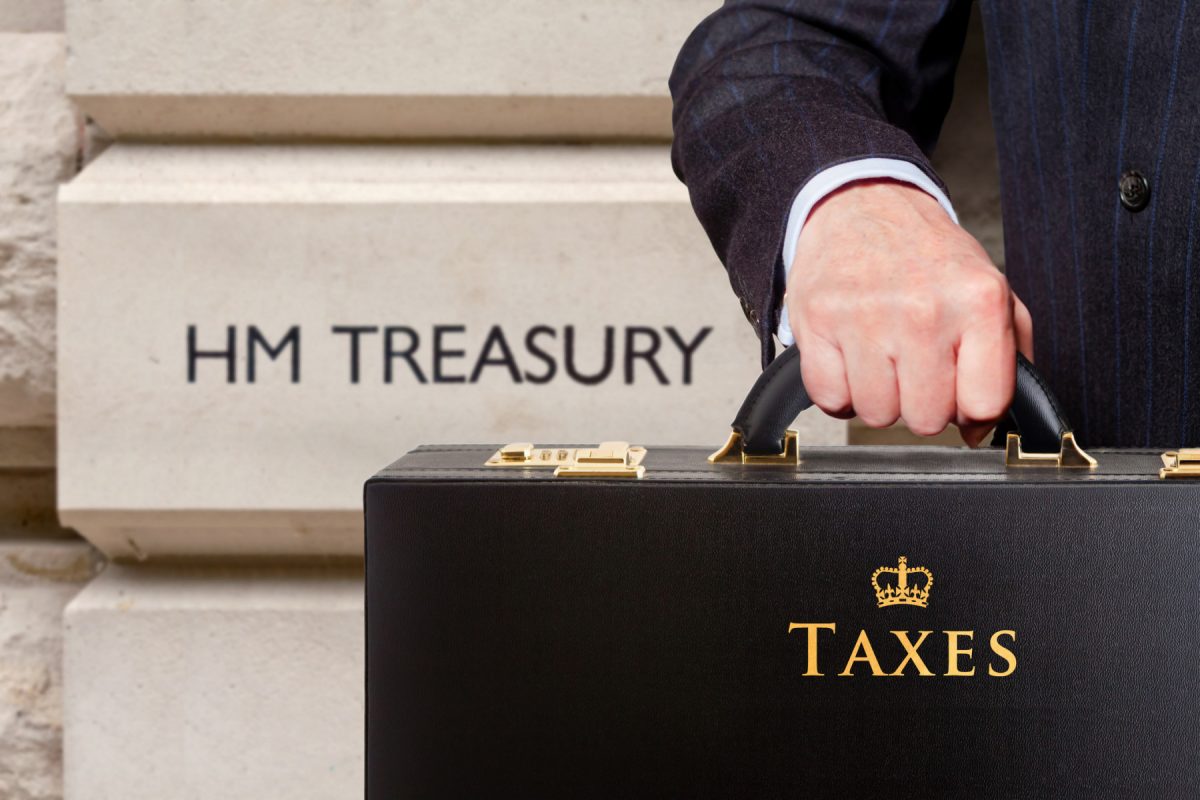
UK Chancellor Rachel Reeves delivered Labour’s first Budget in 14 years on 30 October 2024. The Government aims to raise £40bn in tax over the coming years, with the goal of ending borrowing for day-to-day government spending by 2029. While more details are needed to fully analyse the impact of each proposal, we share here some initial insights and the importance of early planning.
Overall, the Budget was not the attack on wealth that the leaks beforehand might have led some to believe. Announcements were made on expected increases in Capital Gains Tax (CGT) and carried interest which, while significant and painful, probably will not act as major disincentives. CGT was raised, as of 30 October 2024, from 10% to 18% at the lower rate and from 20% to 24% at the higher rate. This is not ideal, but far from the 45% that some feared. Similarly, the carried interest increase from 28% to 32% is significant for those impacted – but not overwhelmingly so.
Inherited pensions are to be brought into estates for Inheritance Tax (IHT) purposes from April 2027. HMRC have opened a technical consultation on the processes required to implement this change. This change may encourage spending of pension monies rather than preserving solely as an inheritance tax planning tool. HMRC have indicated that the spousal exemption from IHT will apply to transfers between spouses upon death.
In another change to IHT, tax relief for shares listed on the Alternative Investment Market (AIM) has halved, setting the effective tax rate at 20% from April 2026; this halving of relief is also to apply to combined business and agricultural assets over £1m.
From April 2025, the 1.2% increase in employer NI contributions (from 13.8% to 15%) could function as a tax on jobs and a drag on business growth. While the measure aims to protect smaller businesses, it will notably impact medium and large companies – especially those with substantial numbers of employees.
The Budget also confirmed anticipated changes to VAT on school fees from January 2025, with private schools losing business rate relief from April 2025. Stamp Duty surcharge on second homes will rise immediately from 3% to 5%.
Labour also announced plans to cancel the non-domicile (‘non-dom’) tax status and introduce a new residence-based tax scheme.
Markets’ response to the Budget has been muted, with the significant boost in capital expenditure and revised fiscal rules encouraging some optimism for future opportunities.
As stated, further detail on all the changes announced and proposed is necessary to understand the need for any financial planning strategies. More detail will emerge over the coming days and weeks, and we will share our thoughts about how changes may impact you as we learn more. If you have any questions on the changes that we have mentioned above in the meantime and how the Budget could affect you, please do contact us.
Appendix: key summary points
- Capital Gains Tax will rise from 10% to 18%, and the higher rate from 20% to 24%. CGT on residential property will remain unchanged. Increase the capital gains rates on carried interest to 32% from April 2025, up from 28% now.
- Business Asset Disposal Rate will stay at 10 % this year before rising to 14% in April 2025 and 18% from 2026-27.
- Inheritance Tax threshold freeze extended for a further two years to 2030. That means the first £325,000 of any estate can be inherited tax-free, rising to £500,000 if the estate includes a residence passed to direct descendants, and £1m when a tax-free allowance is passed to a surviving spouse or civil partner.
- From April 2026, the first £1m of combined business and agricultural assets will continue to attract no IHT at all, but for assets over £1m, IHT will apply with 50% relief, at an effective rate of 20%. Tax relief for AIM shares has halved from April 2026.
- Bring inherited pensions into IHT from April 2027.
- National Insurance contributions will rise by 1.2 percentage points to 15% from April 2025; threshold moves from £9,100 to £5,000 which will apparently raise £25bn.
- The Employment Allowance (amount employers can claim back from their NI bill) will increase from £5,000 to £10,500.
- National Living Wage for people aged 21 or older will rise by 6.7% from £11.44 per hour to £12.21 from April 2025.
- Committed to the triple lock, meaning spending on the state pension is forecast to rise by over £31bn by 2029-30 to ensure that our pensioners are protected in their retirement. This commitment means that while working age benefits will be uprated in line with CPI at 1.7%, the basic state pension will be uprated by 4.1% in 2025-26.
- Non-dom tax regime from 2025 will disappear – see HMRC technical paper to explain temporary measure to replace it.
- Income Tax thresholds will not be frozen beyond the current freeze running to 2028-29. They will then be uprated in line with inflation.
- Target private jet usage and increase the rate of air passenger duty. This will be equivalent to £450 per passenger for a private jet.
- Main Corporation Tax rate remains at 25% with full expensing on qualifying plant spend.
- ISA arrangements remain unchanged.
- Fuel duty will stay frozen, and the temporary 5p cut introduced two years ago will remain.
Risk warnings
This document has been prepared based on our understanding of the Budget delivered on 30.10.24, current UK law and HM Revenue and Customs practice, all of which may be the subject of change in the future. The opinions expressed herein are those of Cantab Asset Management Ltd and should not be construed as investment advice. Cantab Asset Management Ltd is authorised and regulated by the Financial Conduct Authority. As with all equity-based and bond-based investments, the value and the income therefrom can fall as well as rise and you may not get back all the money that you invested. The value of overseas securities will be influenced by the exchange rate used to convert these to sterling. Investments in stocks and shares should therefore be viewed as a medium to long-term investment. Past performance is not a guide to the future.


